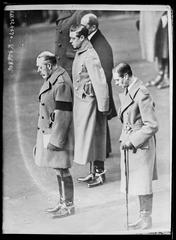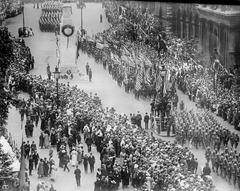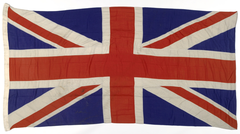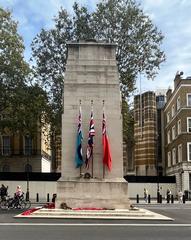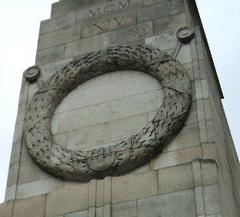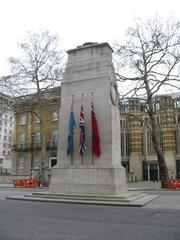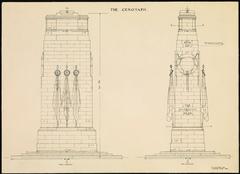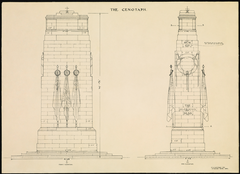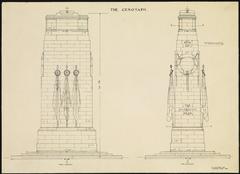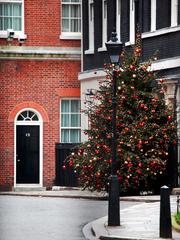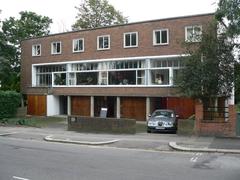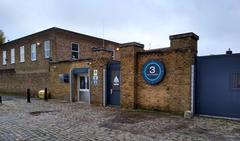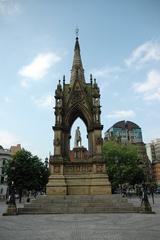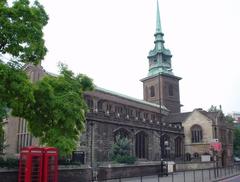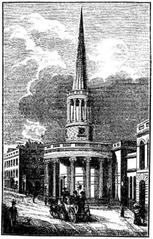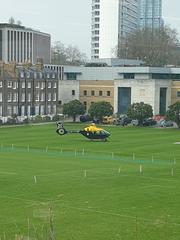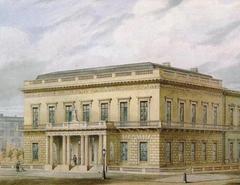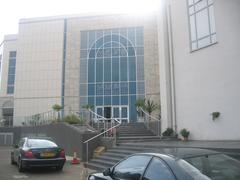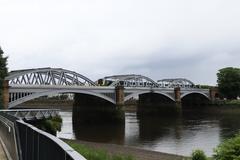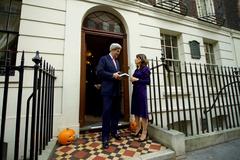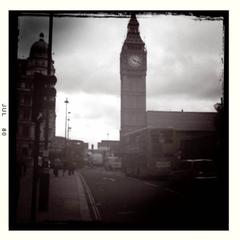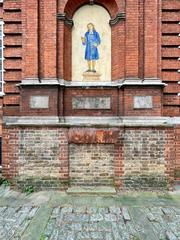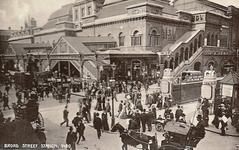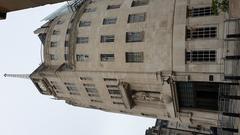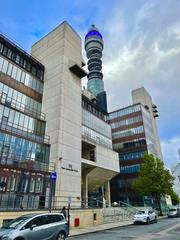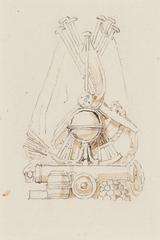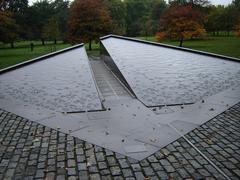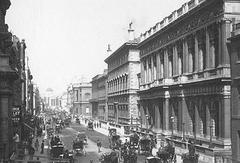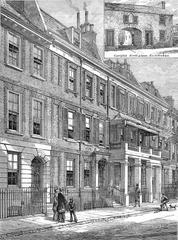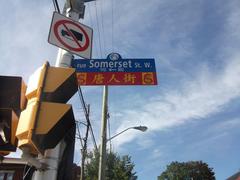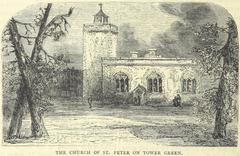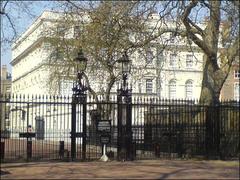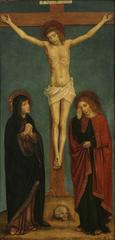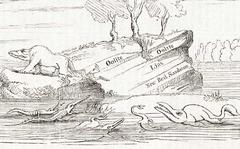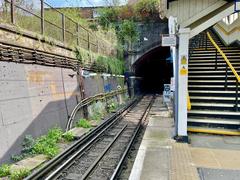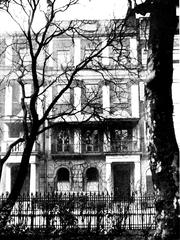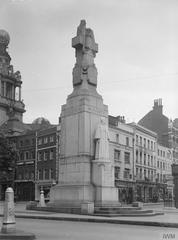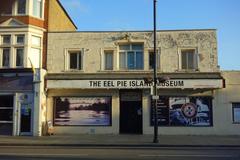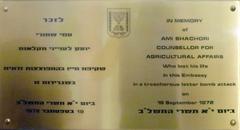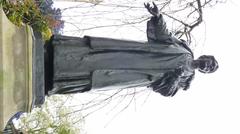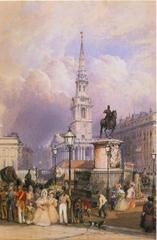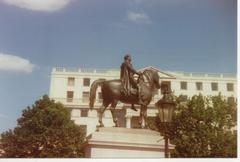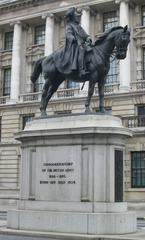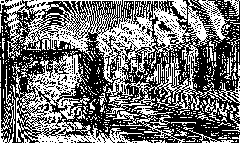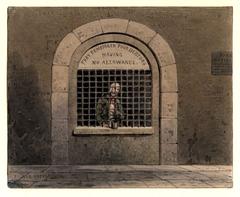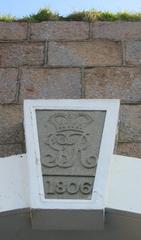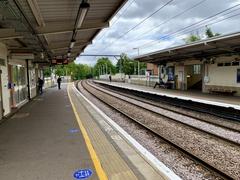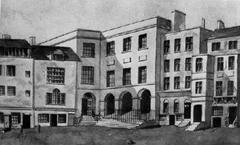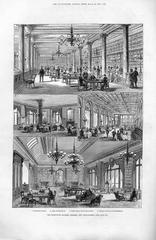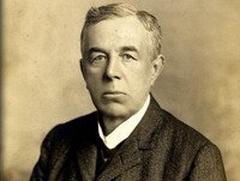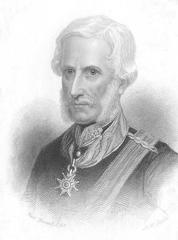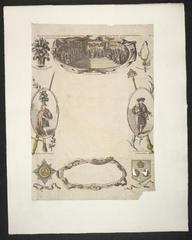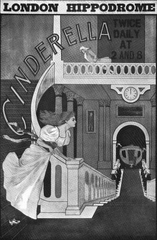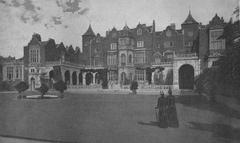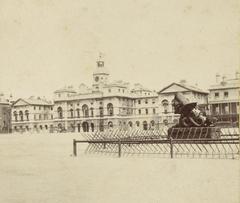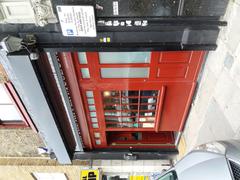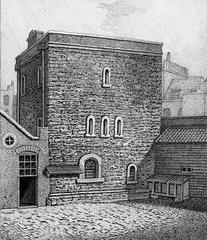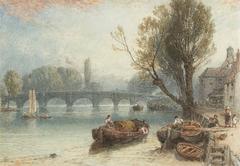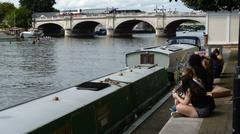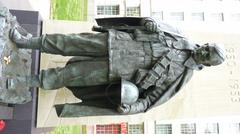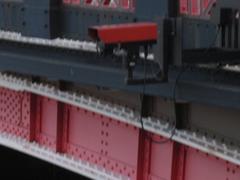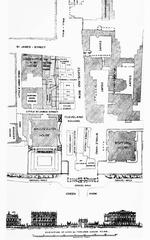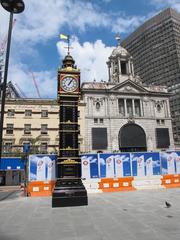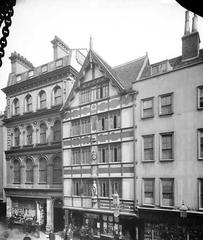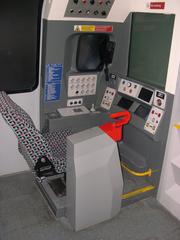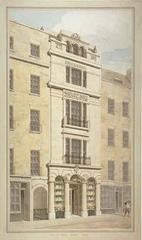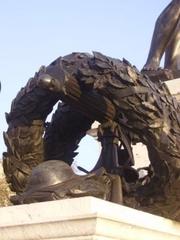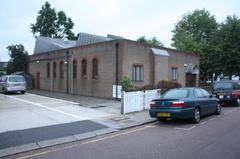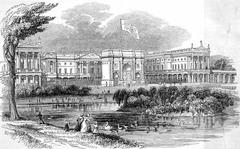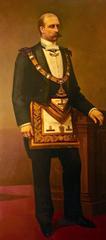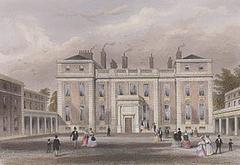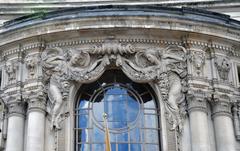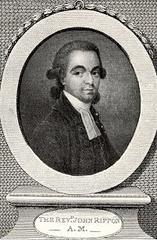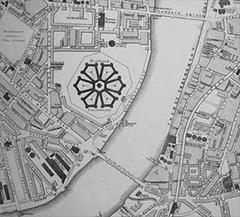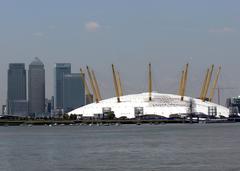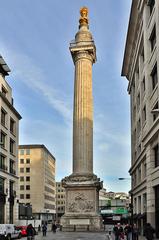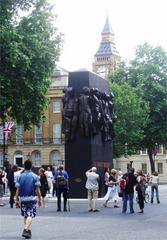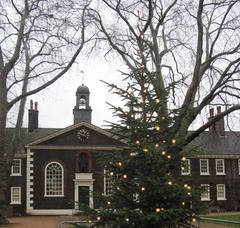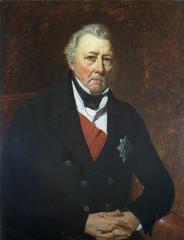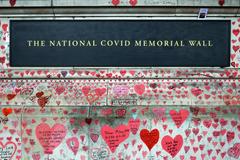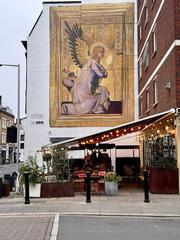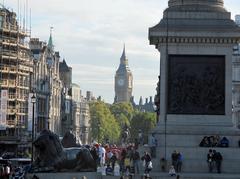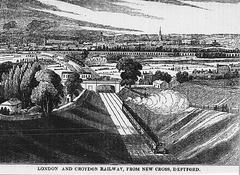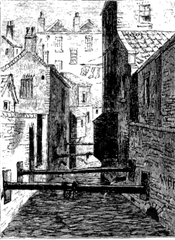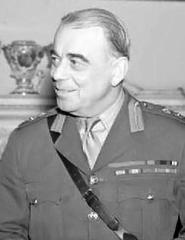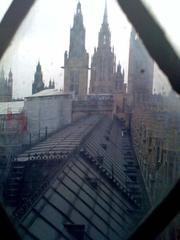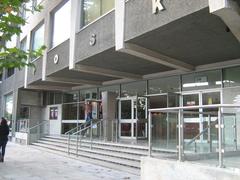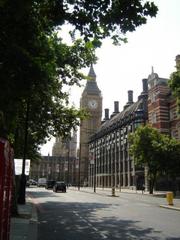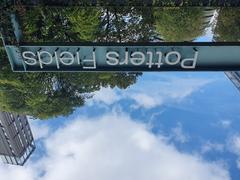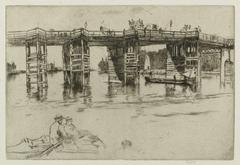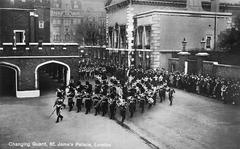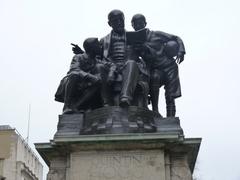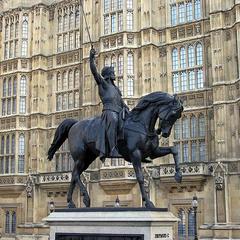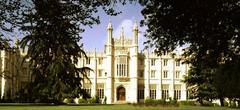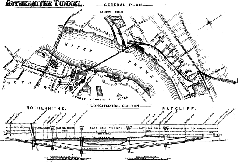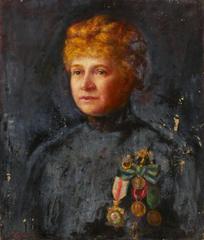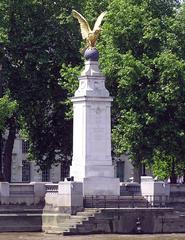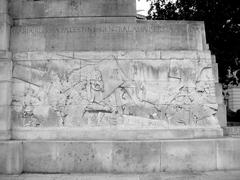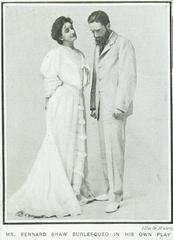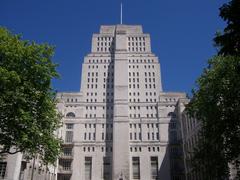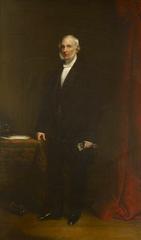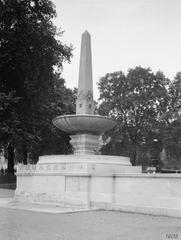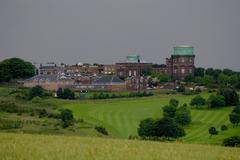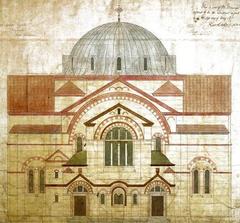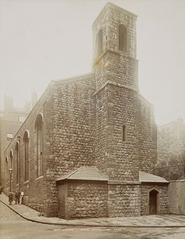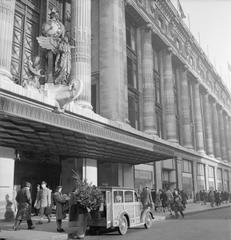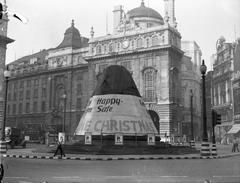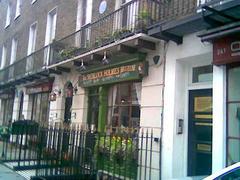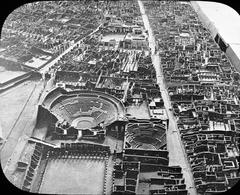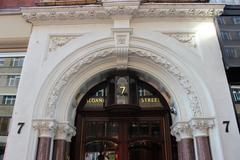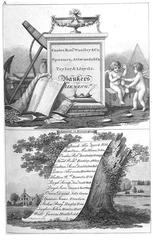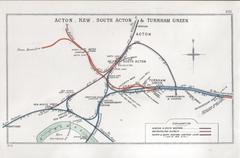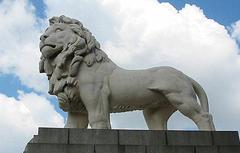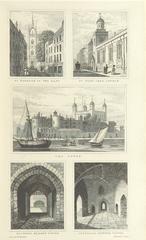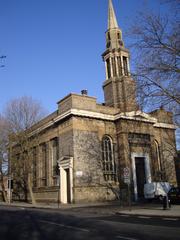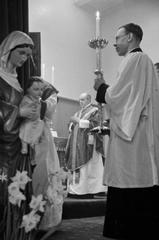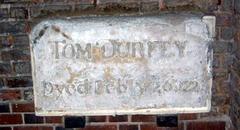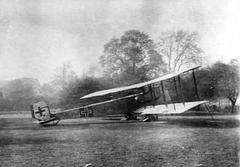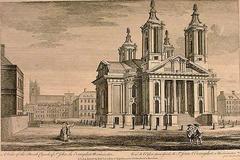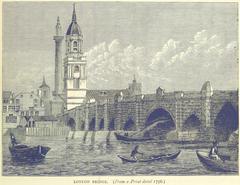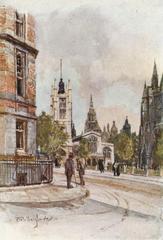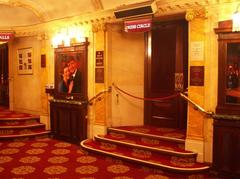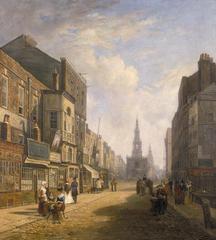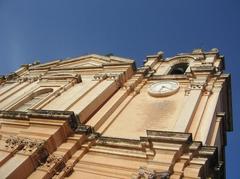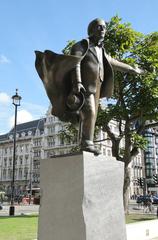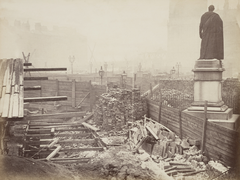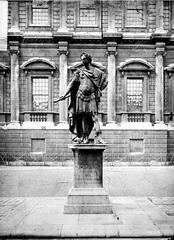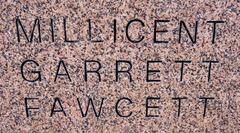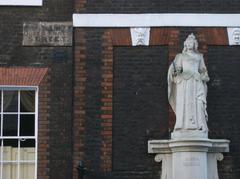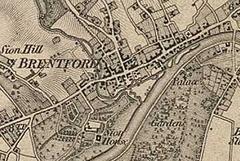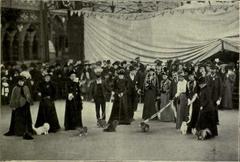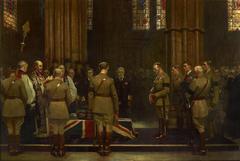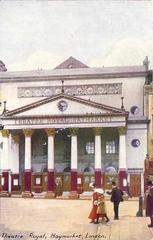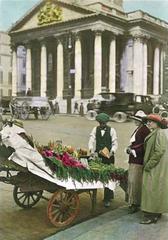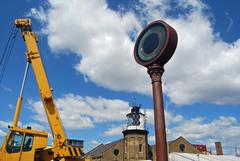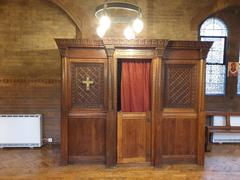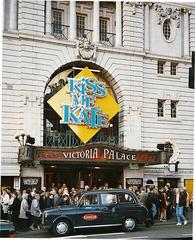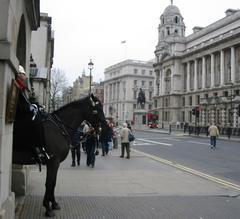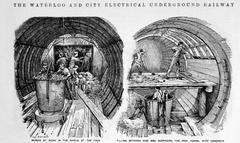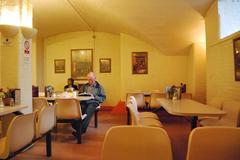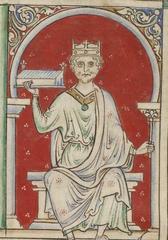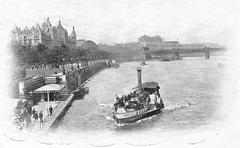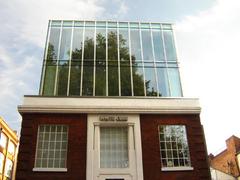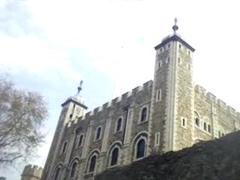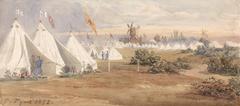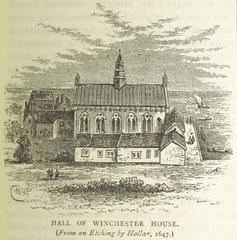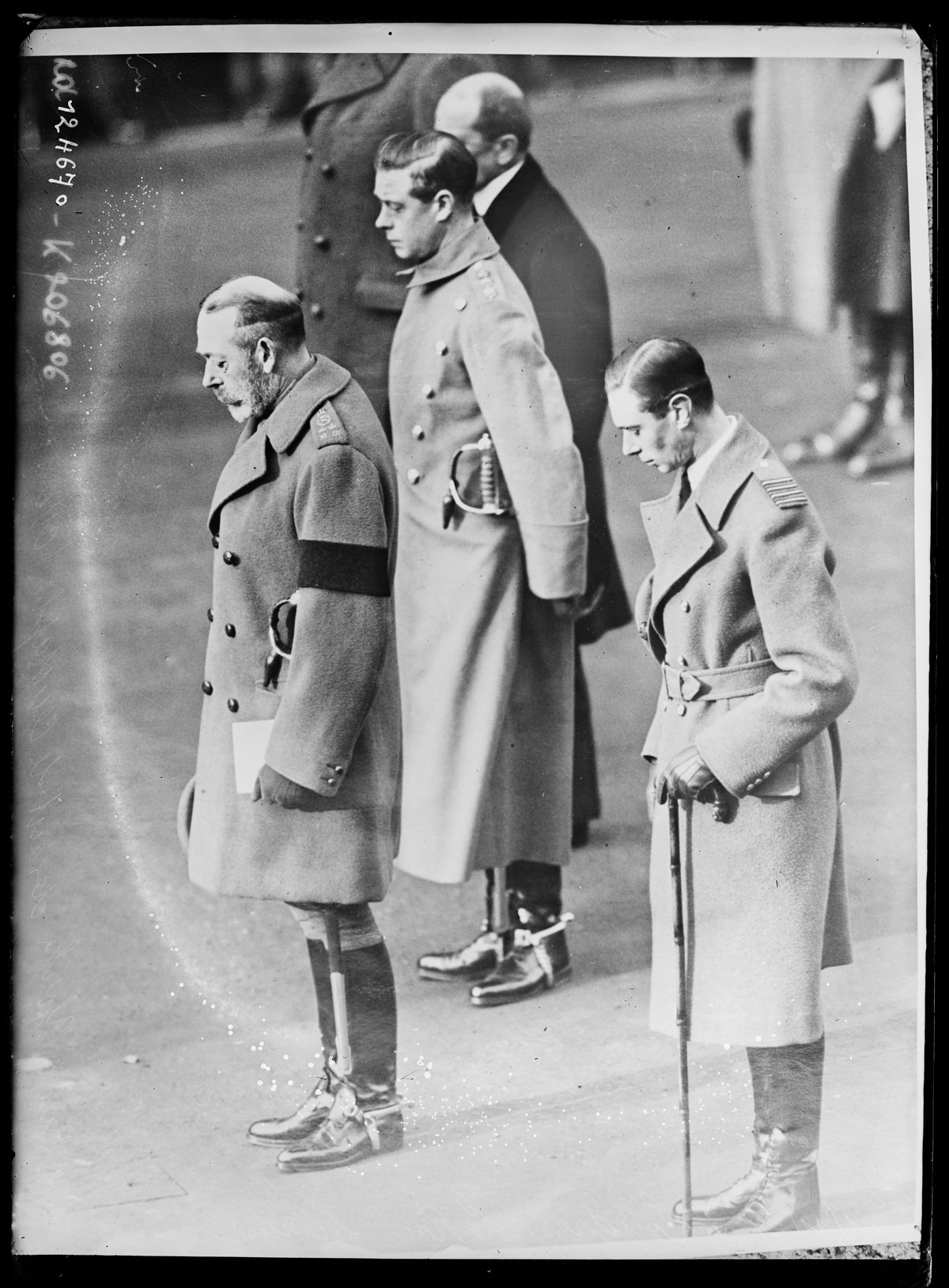
The Cenotaph Visiting Guide in London
Date: 20/07/2024
Introduction to The Cenotaph
The Cenotaph in Whitehall, London, stands as a poignant symbol of national remembrance, honoring those who have perished in armed conflicts. Designed by the renowned British architect Sir Edwin Lutyens, The Cenotaph was initially erected as a temporary structure to commemorate the Peace Day celebrations marking the end of World War I on July 19, 1919. The term ‘cenotaph’ derives from the Greek words ‘kenos’ (empty) and ‘taphos’ (tomb), representing a tomb for those whose remains lie elsewhere (Historic England). Due to its profound impact on the public, a permanent structure was unveiled on Armistice Day, November 11, 1920, constructed from Portland stone and standing 35 feet tall (Imperial War Museums). With its stark, minimalist design devoid of overt religious symbols, The Cenotaph serves as a universal monument for all faiths and beliefs, inscribed with the words ‘The Glorious Dead’ to honor the fallen (BBC). The Cenotaph has since become the focal point of the United Kingdom’s national remembrance ceremonies, particularly on Remembrance Sunday, attracting dignitaries, military personnel, and the public to pay their respects (Royal British Legion).
Contents Overview
- History of The Cenotaph
- Origins and Initial Construction
- Transition to a Permanent Memorial
- Design and Symbolism
- Role in National Remembrance
- Visitor Information
- Opening Hours
- Ticket Prices
- How to Get There
- Nearby Attractions
- Special Events and Guided Tours
- Restoration and Preservation Efforts
- Cultural and Historical Impact
- Frequently Asked Questions (FAQ)
Visiting The Cenotaph in London - History, Significance, and Visitor Information
History of The Cenotaph
Origins and Initial Construction
The Cenotaph, located in Whitehall, London, is one of the most significant war memorials in the United Kingdom. Its origins date back to the aftermath of World War I. The term “cenotaph” itself is derived from the Greek words “kenos” (empty) and “taphos” (tomb), symbolizing a tomb for those whose remains are elsewhere. The Cenotaph was initially conceived as a temporary structure for the Peace Day celebrations on July 19, 1919, marking the end of World War I. Designed by Sir Edwin Lutyens, a prominent British architect, the original Cenotaph was constructed from wood and plaster (Historic England).
Transition to a Permanent Memorial
The temporary Cenotaph garnered significant public attention and became a focal point for national mourning. Due to its overwhelming popularity and the public’s desire for a lasting tribute, the British government decided to replace the temporary structure with a permanent one. The permanent Cenotaph was unveiled on Armistice Day, November 11, 1920. Constructed from Portland stone, it stands 35 feet (10.7 meters) high and is designed in a stark, austere style, reflecting the somber nature of its purpose (Imperial War Museums).
Design and Symbolism
Sir Edwin Lutyens’ design for The Cenotaph is notable for its simplicity and lack of overt religious symbolism, making it a universal monument for all faiths and beliefs. The structure features a stepped base, a rectangular shaft, and a sarcophagus-like top. The Cenotaph is inscribed with the words “The Glorious Dead,” a phrase chosen to honor all those who perished in the war. Additionally, the dates of World War I (1914-1918) and World War II (1939-1945) are inscribed on the sides, reflecting its role as a memorial for both conflicts (BBC).
Role in National Remembrance
Since its unveiling, The Cenotaph has played a central role in the United Kingdom’s national remembrance ceremonies. Every year on Remembrance Sunday, the Sunday closest to November 11, a national service of remembrance is held at The Cenotaph. The event is attended by members of the royal family, government officials, military personnel, and the public. Wreaths are laid at the base of the monument to honor the fallen, and a two-minute silence is observed at 11:00 AM (Royal British Legion).
Visitor Information
Opening Hours
The Cenotaph is located in a public space and is accessible 24 hours a day, 7 days a week. There are no specific opening hours, but visitors are encouraged to visit during daylight for the best experience.
Ticket Prices
Visiting The Cenotaph is free of charge. There are no tickets required to access the site.
How to Get There
The Cenotaph is situated on Whitehall, London, SW1A 2ET. It is easily accessible via public transport. The nearest underground stations are Westminster (Jubilee, Circle, and District lines) and Charing Cross (Bakerloo and Northern lines). Several bus routes also pass through Whitehall, making it convenient to reach by bus.
Nearby Attractions
While visiting The Cenotaph, you can explore several nearby historical sites and attractions:
- Houses of Parliament and Big Ben: A short walk away, these iconic landmarks are must-see attractions.
- Westminster Abbey: Located nearby, this historic church is renowned for its architecture and royal connections.
- Trafalgar Square: A lively public square with the National Gallery and Nelson’s Column.
- The Churchill War Rooms: An underground museum that offers a glimpse into Britain’s wartime history.
Special Events and Guided Tours
Throughout the year, The Cenotaph hosts various special events, particularly around Remembrance Day. Check the Royal British Legion’s website for up-to-date information on upcoming events and ceremonies. While guided tours are not typically offered at The Cenotaph itself, many walking tours of London include a stop at this historic site.
Restoration and Preservation Efforts
Over the years, The Cenotaph has undergone several restoration and preservation efforts to maintain its structural integrity and appearance. Notably, in 2013, a significant restoration project was undertaken to clean and repair the monument. This included the careful removal of biological growth, the repair of damaged stonework, and the re-pointing of joints. These efforts ensure that The Cenotaph remains a fitting and enduring tribute to those who have served and sacrificed (Historic England).
Cultural and Historical Impact
The Cenotaph’s cultural and historical impact extends beyond its physical presence. It has inspired numerous other war memorials around the world, reflecting its significance as a model of commemorative architecture. The simplicity and solemnity of Lutyens’ design have been emulated in various memorials, underscoring the universal themes of loss and remembrance. The Cenotaph also features prominently in British literature, film, and art, symbolizing the nation’s collective memory and the enduring legacy of those who have served in the armed forces (The Guardian).
Frequently Asked Questions (FAQ)
What are the visiting hours for The Cenotaph?
The Cenotaph is accessible 24/7, but it is recommended to visit during daylight hours.
Do I need a ticket to visit The Cenotaph?
No, visiting The Cenotaph is free of charge.
How do I get to The Cenotaph?
The nearest underground stations are Westminster and Charing Cross. Several bus routes also pass through Whitehall.
Are there guided tours available?
While guided tours are not typically offered at The Cenotaph itself, many walking tours of London include a stop at this historic site.
Conclusion
The Cenotaph in Whitehall stands as a powerful symbol of national remembrance and a testament to the sacrifices made by countless individuals in the pursuit of peace and freedom. Its history, from a temporary structure to a permanent national monument, reflects the deep and enduring respect for those who have served and sacrificed. Through annual ceremonies, ongoing preservation efforts, and its influence on commemorative practices worldwide, The Cenotaph continues to play a vital role in the United Kingdom’s cultural and historical landscape. For more information on visiting and staying up to date with events, follow the Royal British Legion and other related organizations.
